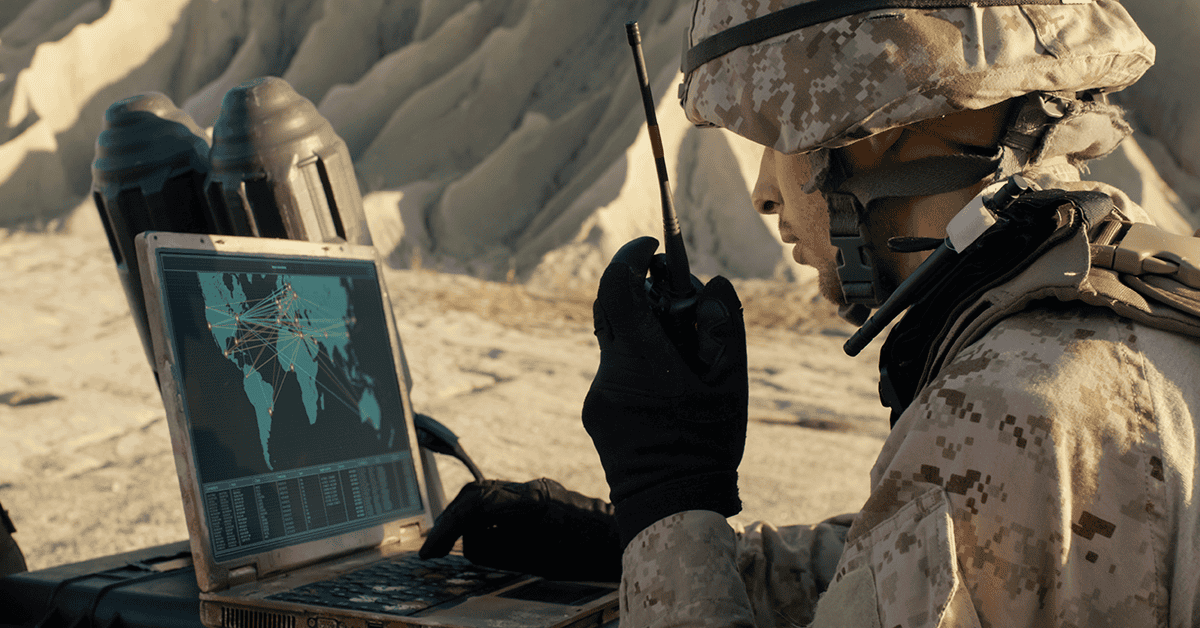For a little more than a year, the Russian invasion of Ukraine has served as an invaluable demonstration of modern warfare, and Pentagon officials are paying close attention to the tactics, weapons and strategies being deployed. Department of Defense leaders are gleaning important insights into winning the intensifying global power competition and finding that logistics represent an increasingly important piece of the puzzle.
“Mission success depends on the nation’s capacity and capability to transport and supply its forces,” said Gen. Jacqueline Van Ovost, commander of the U.S. Transportation Command, during the 2023 McAleese Defense Programs Conference this spring.
“Contested logistics from the homeland to delivery is now a reality for every major operation. If the associated threats and the logistical demand is not sufficiently mitigated, almost every aspect of the mobility enterprise will incur increased risk to mission,” she added.
Don’t miss your chance to hear from Gen. Van Ovost in person at the Potomac Officers Club’s Preparing for the Contested Logistics Era Forum on Sep. 14! Register here for this breakfast event full of networking opportunities, Q&A sessions and insights from top government and industry leaders.
Logistics are critical in the current era of peer and near-peer competition, especially with major world powers like the People’s Republic of China. As China continues to invest in offensive capabilities, the U.S. must prepare for and protect against evolving threats.
“The PRC understands that to compete effectively, the U.S must have agile, resilient, survivable and sustainable logistics. For that reason, they have custom designed their kinetic and non-kinetic capabilities to target our lines of communication,” Van Ovost said.
Van Ovost highlighted the importance of integrated deterrence but warned that the U.S. must not overlook operational risk in its strategic efforts to have a forward presence in critical theaters.
“Transcom recognizes that the enduring advantages that we build through our warfighting framework reinforces integrated deterrence and reduces the possibility of conflict,” Van Ovost said. “But we cannot lose sight of the fact that for decades, our transportation and logistics prowess conducted in permissive environments has masked operational risk in a manner we can no longer afford.”
Currently, Van Ovost is focusing on building up America’s power in the Indo-Pacific region — an area that will be crucial in any potential future conflict or escalation with China — through increased military exercises. In part, the urgency behind this effort stems from China’s clear interest in and development of capabilities that will “directly disrupt, degrade or deny” America’s ability to gain access to the country, according to Van Ovost.
The DOD’s fiscal year 2024 budget includes the largest request ever for the Pacific Deterrence Initiative at $9.1 billion — a 40 percent increase from FY 23. According to Defense Secretary Lloyd Austin, a Wash100 Award winner, the initiative will “invest in advanced capabilities, new operational concepts, and more resilient force posture in the Indo-Pacific region” in response to pacing challenges posed by China.
Van Ovost noted, “Our presence in the Pacific during competition is really going to help us during conflict. You’ll see a lot of that in the Pacific Deterrence Initiative — more initiative, more funding to be able to do those exercises and experiment with new kinds of things to close those gaps.”
Hear more insights from Van Ovost at the Potomac Officers Club’s Preparing for the Contested Logistics Era Forum on Sep. 14. Register here to save your seat at this exclusive breakfast event!
















